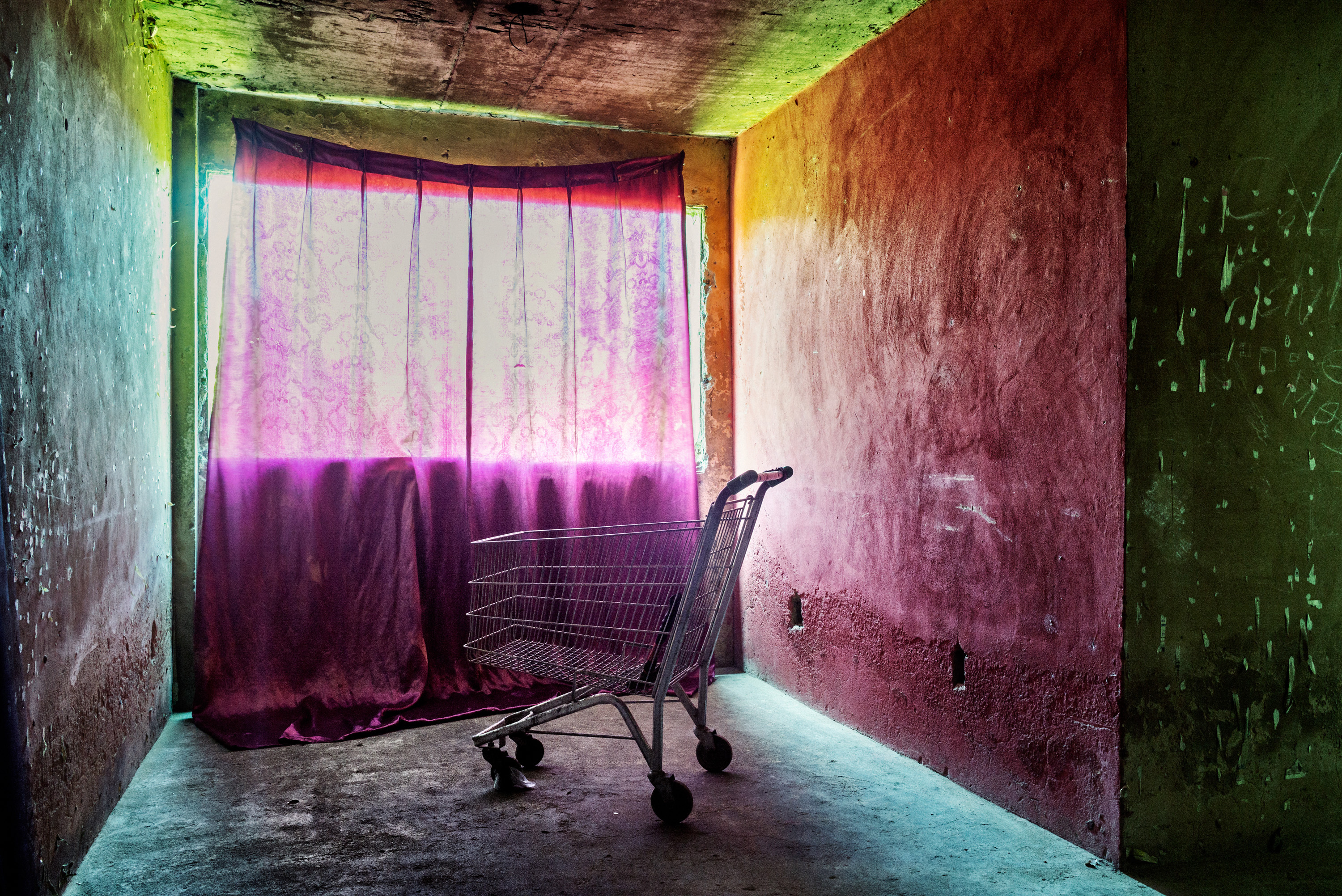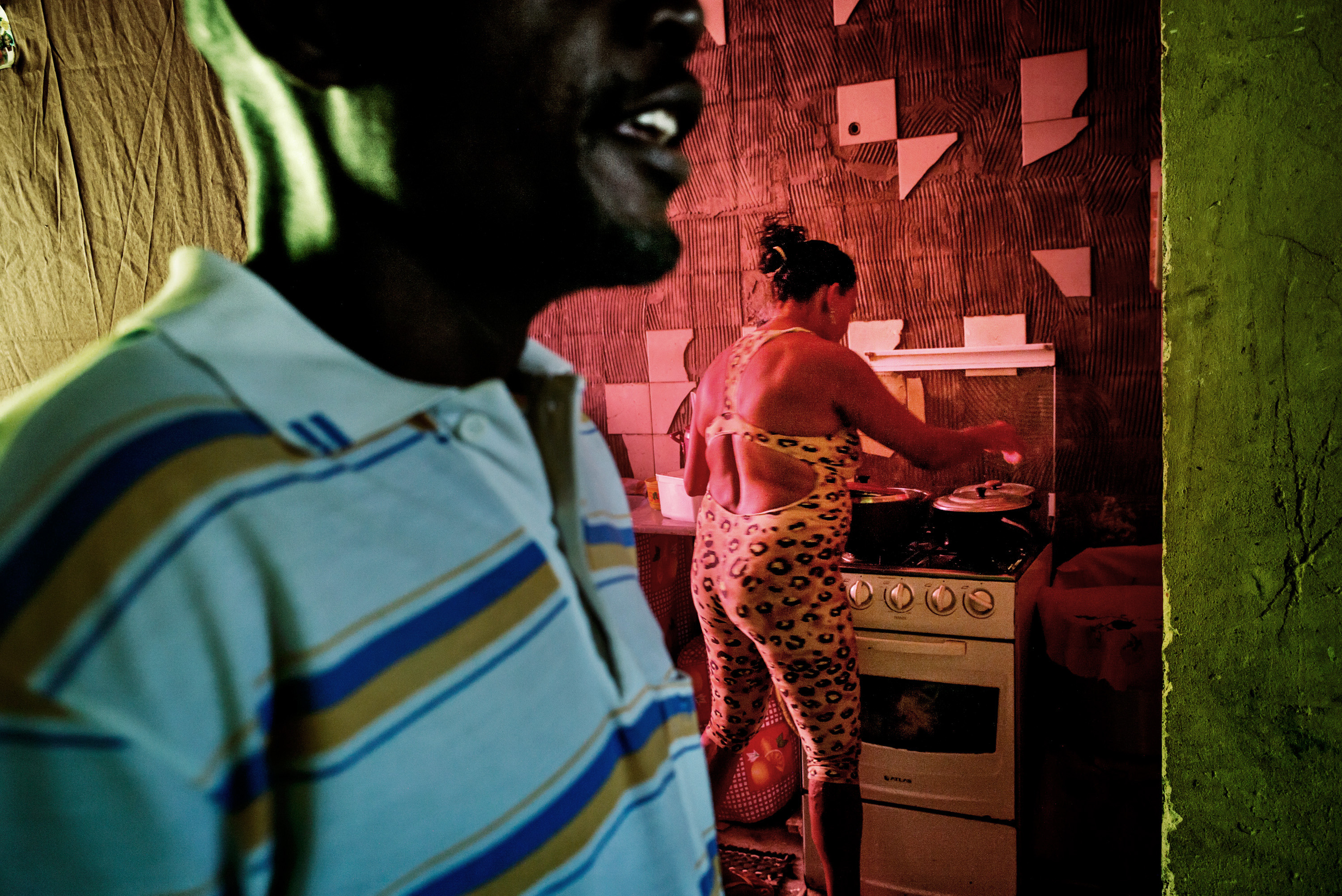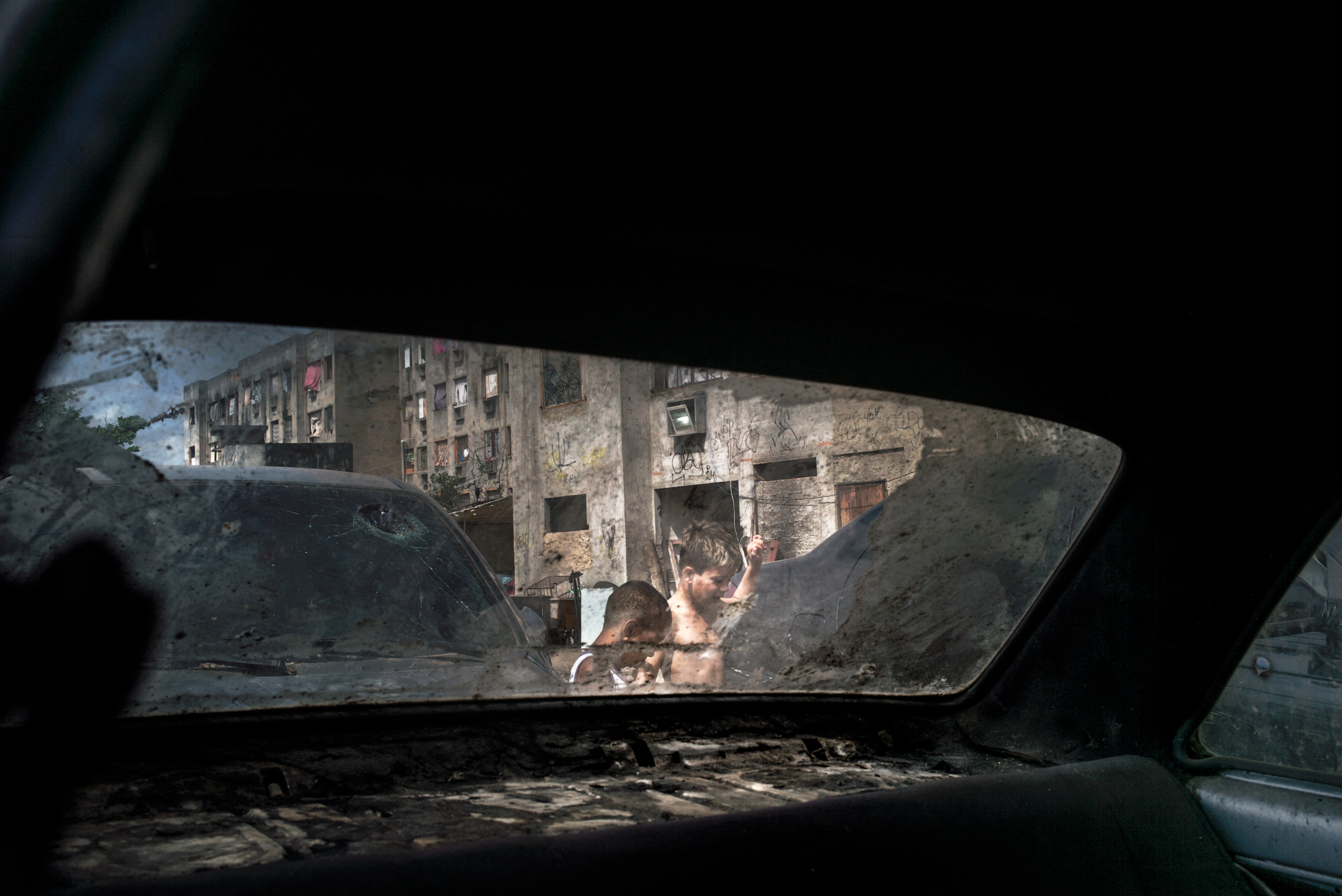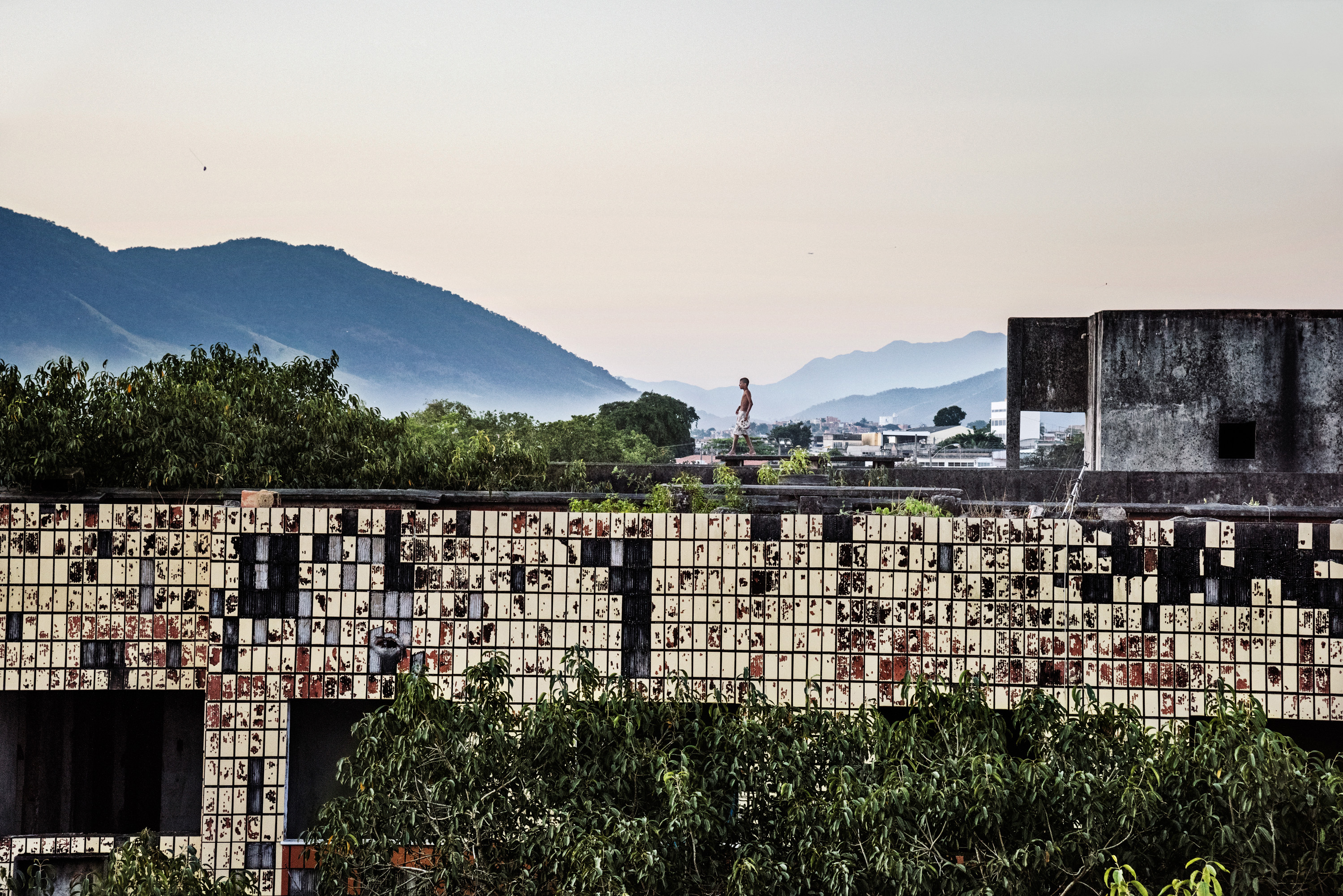Copacabana Palace

-
PhotographerPeter Bauza
The people of “Copacabana Palace†are the “sem teto, sem terra†(homeless and landless). Generally hidden from view, they represent the dark side of Brazil’s multibillion-dollar spending spree on global sporting events, financial/political and corruption crisis. Despite government housing schemes „minha casa, minha vida“ (my home, mi life) and anti-poverty policies they face a bleak future. This is not surprising as the UN reported that more than one billion people of the world’s residents live in inadequate housing, mostly in the sprawling slums and squatter settlements in developing countries. The Habitat Agenda, Paragraph 60 gives the precise explanation what it to be considered to be an adequate shelter and not only a roof over one’s head. The cost of doing nothing may be even bigger as the new urban slums are potential breeding places for social and political unrest. Brazil ratified the international UN treaties related to “Human Rights†on the 6th of July 1992. The State is thereby obliged to protect and to provide an adequate housing. Over 300 families have found a kind of refuge here; a place that is ironically also called “Copacabana Palace†besides many other most known names, like „Jambalaya“ or „Carandiru“, the famous state prison in Sao Paulo. They all dream big, the dream of an own stable home with fresh water, sewage systems and electricity. This is their story, a story of their everyday life: their happiness, sadness, needs, illusions, communities, and their strengths. This is home life for millions of Brazilians.
Peter Bauza is a German photographer who works in the documentary and storytelling world, which took him to several countries where he also developed his visual language. He is very committed to social and geopolitical issues especially in the areas of conservation, global health, diminishing cultures, sustainability and the environment. He has resided in South America and Europe for more than 20 years and also frequently travels to Africa. His life-long respect for multicultural viewpoints fueled by a fluency in five languages also afforded him many opportunities. Peter’s work has been published and exhibited internationally.






